Ghee – three ways
It's hard to improve on butter, but... Ghee, a traditional Indian preparation, eliminates the milk solids and gives you just the pure, unadulterated butterfat. It's gheelicious and a perfect choice for high-temperature frying. Even better, here are three different ways to prepare this delicious golden fat – stovetop, pressure multi-cooker, or slow cooker.
USMetric
servingservings
Ingredients
- 2 lbs (4 cups) 900 g (950 ml) unsalted butter
This recipe has been added to the shopping list.
Nutrition

www.dietdoctor.com
Making low carb simple
Instructions
Stove top method
- Melt the butter in a saucepan over low heat. Don't stir.
- Reduce heat and let the melted butter simmer for an hour or until a firm "foam" forms on the surface.
- Remove the foam with a slotted spoon. On the bottom, you'll now see white milk protein, which you want to leave behind in the pan or filter out of your ghee.
- Over a glass bowl, carefully pour the clarified butter through a filter; you can use cheesecloth or coffee filter. The white milk protein should remain in the filter, while the clear butterfat seeps through.
- Repeat the filtering a couple of times for optimal results.
- Transfer the ghee into airtight glass jars and allow to cool with the lid off. Once cool, store the ghee at room temperature or in the fridge.
Multi-cooker method
- Place butter in multi-cooker, such as an Instant Pot or Ninja Foodi, and select the ’keep warm’ setting. Gently stir butter until it melts completely – approximately 10-12 minutes.
- Once the butter has completely melted, switch to the ’sauté’ setting. The butter will begin to boil, stir with a flat-edged wooden spoon ensuring to scrape the bottom of the pot to prevent the milk solids from burning.
- Boil until the butter turns a light golden brown, after approximately 12 minutes. Turn off the multi-cooker but allow the butter to continue to cook with the residual heat for 10 minutes. The milk solids at the bottom of the pot should be a medium brown color.
- Over a glass bowl, carefully pour the ghee through a filter; you can use cheesecloth or coffee filter. The white milk protein should remain in the filter, while the clear butterfat seeps through.
- Repeat the filtering a couple of times for optimal results.
- Transfer the ghee into airtight glass jars and allow to cool with the lid off. Once cool, store the ghee at room temperature or in the fridge.
Slow cooker method
- Place the butter in the slow cooker and set to low heat for 6-8 hours. Don't stir.
- When the butter has turned a golden brown color, remove the foam with a slotted spoon. On the bottom, you'll now see white milk protein, which you want to leave behind in the pan or filter out of your ghee.
- Over a glass bowl, carefully pour the clarified butter through a filter; you can use cheesecloth or coffee filter. The white milk protein should remain in the filter, while the clear butterfat seeps through.
- Repeat the filtering a couple of times for optimal results.
- Transfer the ghee into airtight glass jars and allow to cool with the lid off. Once cool, store the ghee at room temperature or in the fridge.
Tip!
The ghee will keep for up to 6 months. Feel free to go ahead and use your ghee (instead of butter) when you're making bearnaise or hollandaise sauce.



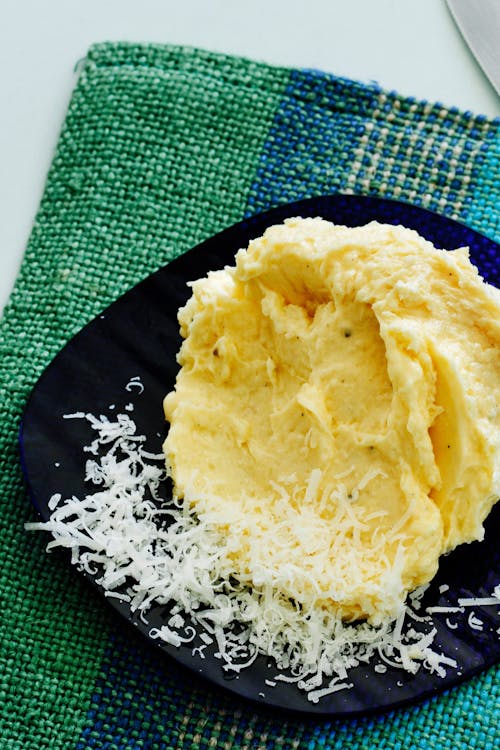


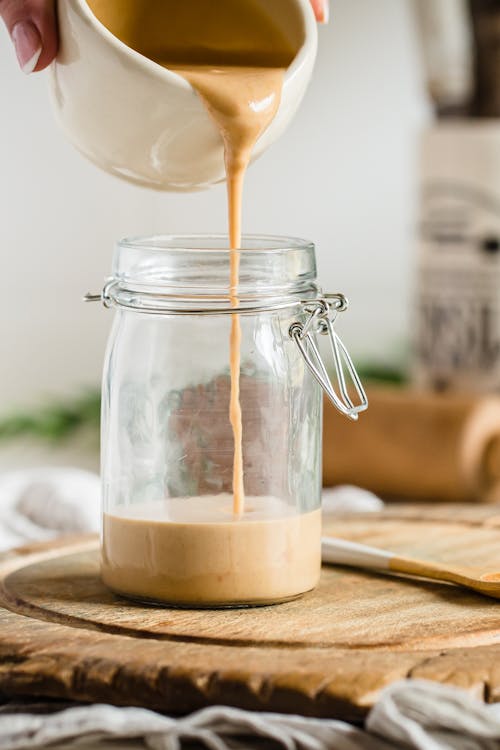
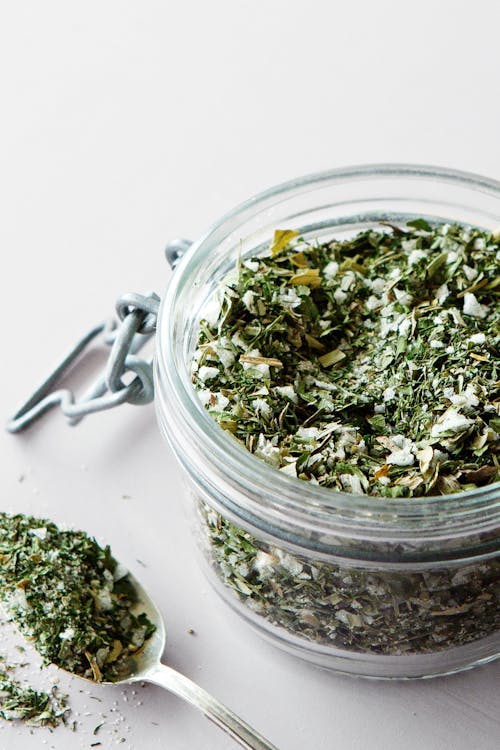

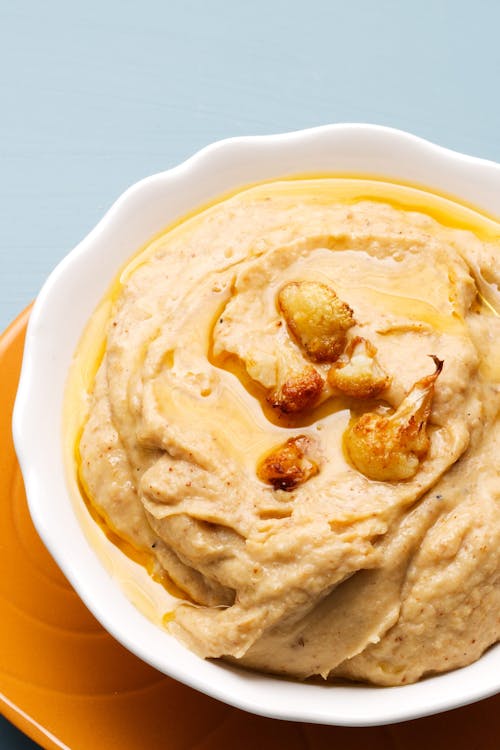

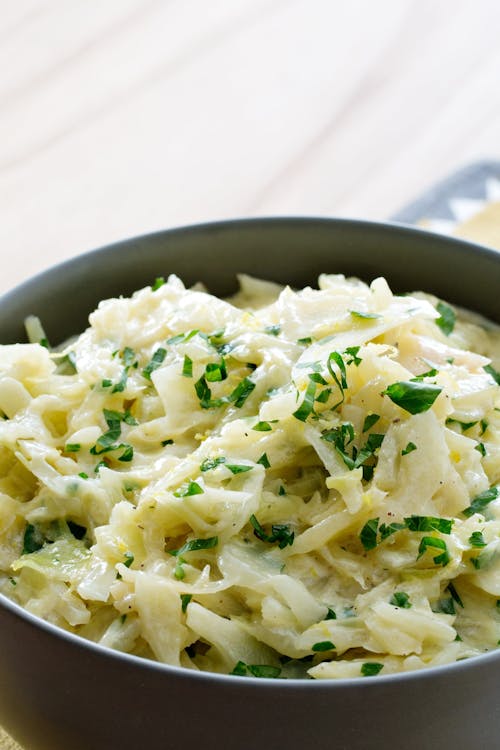

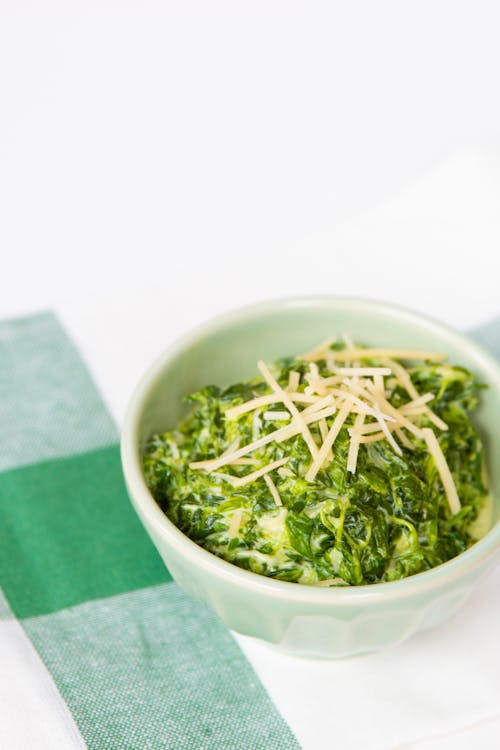
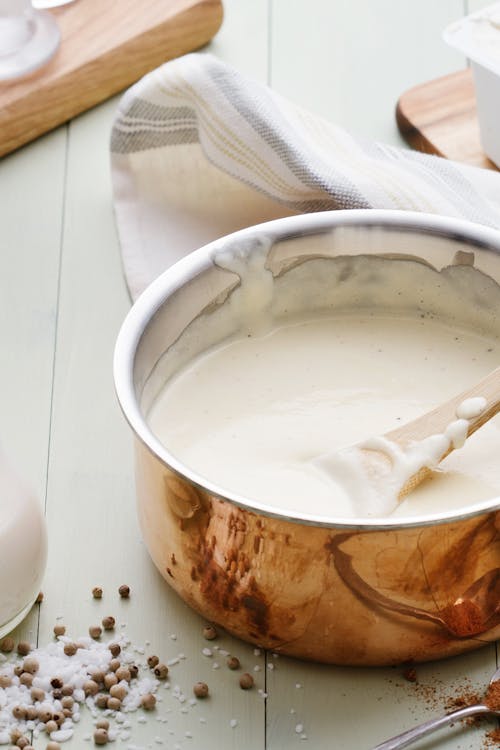
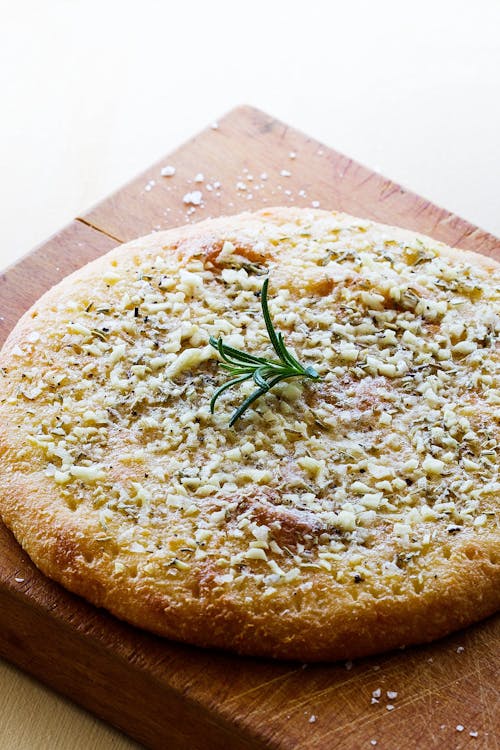
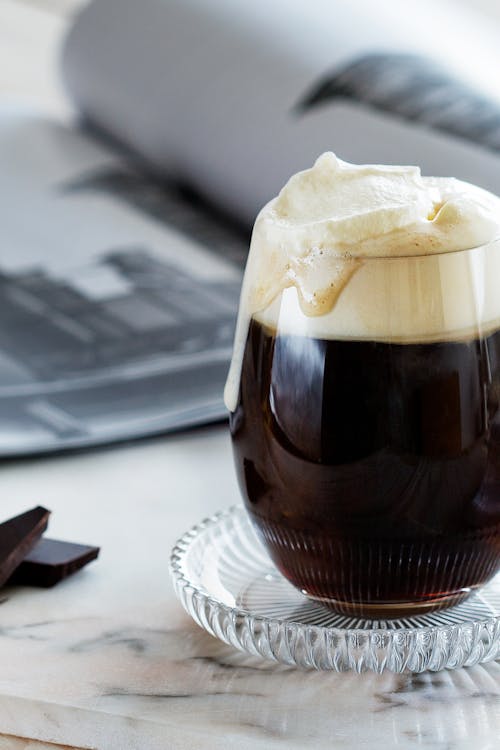
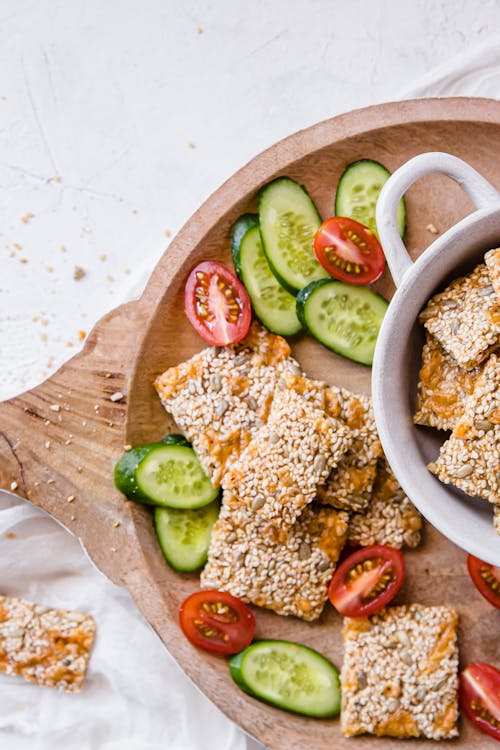
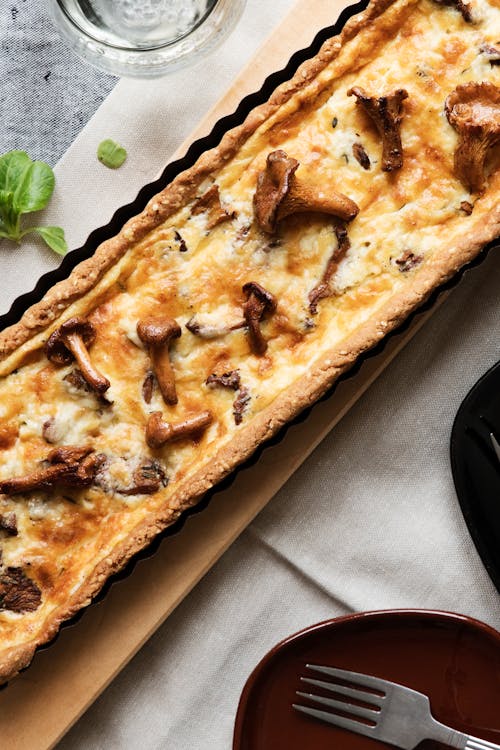



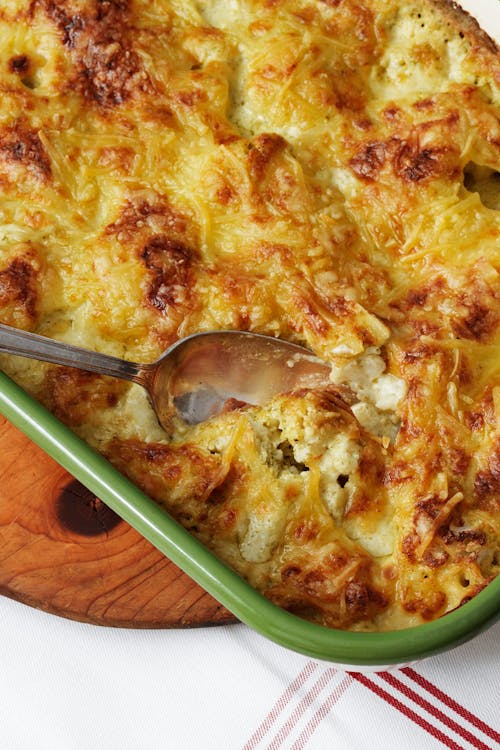
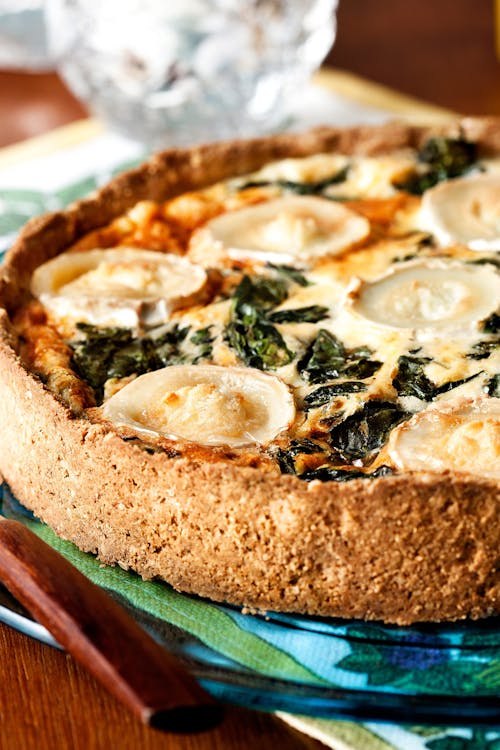
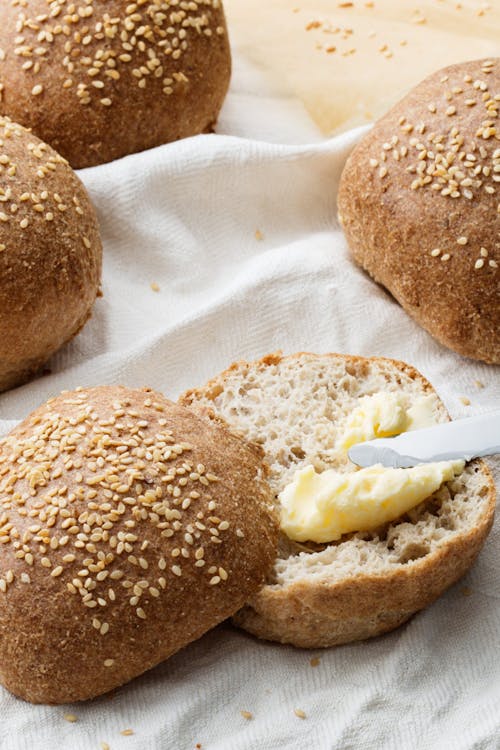

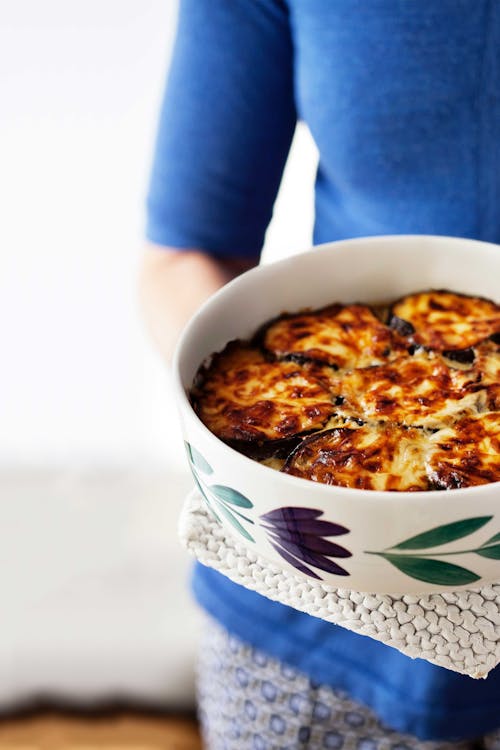
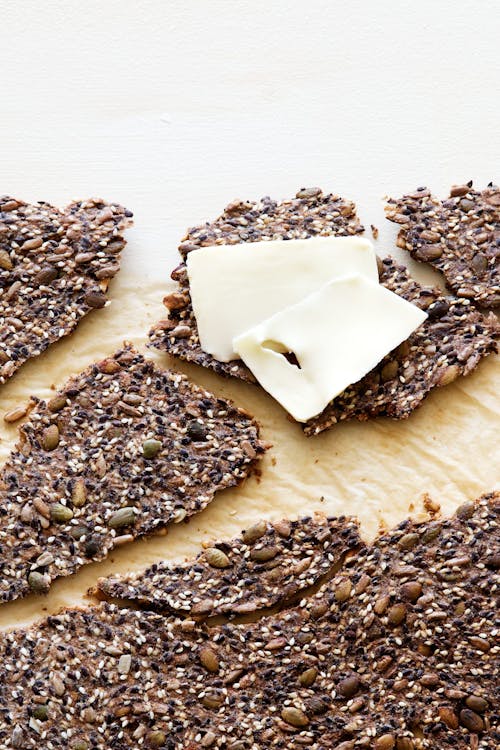
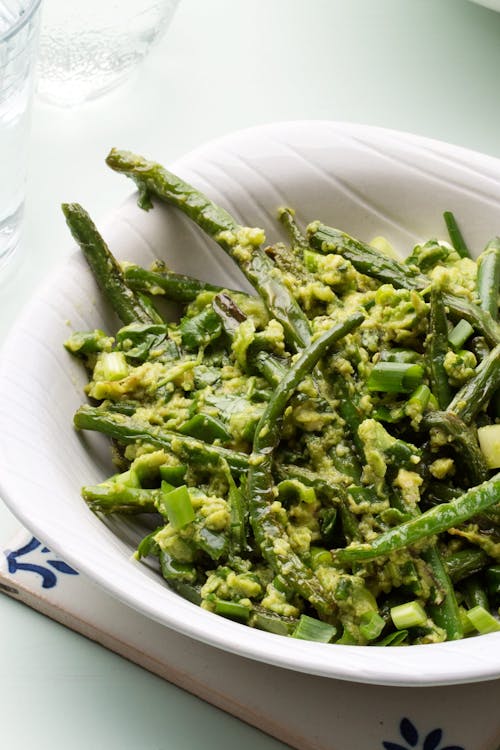
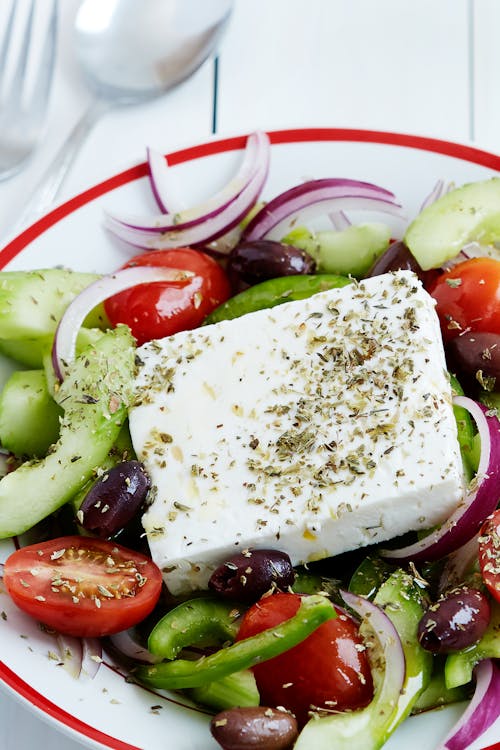
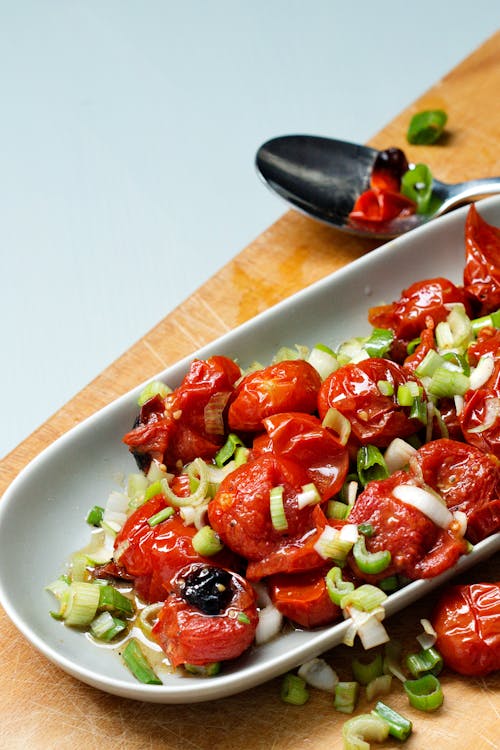



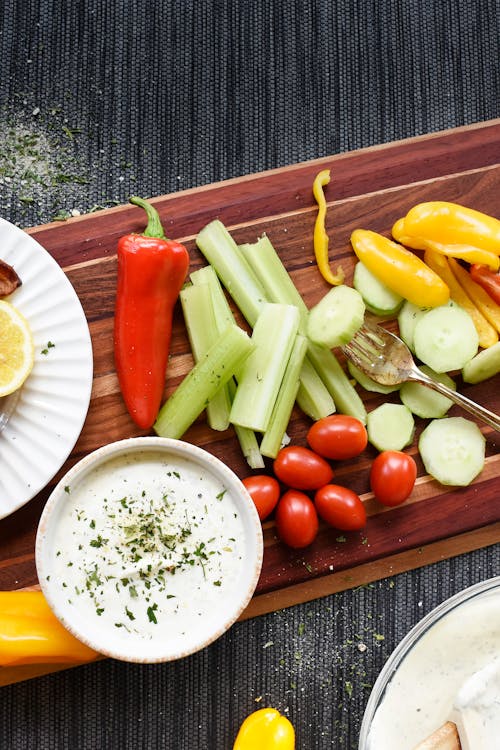


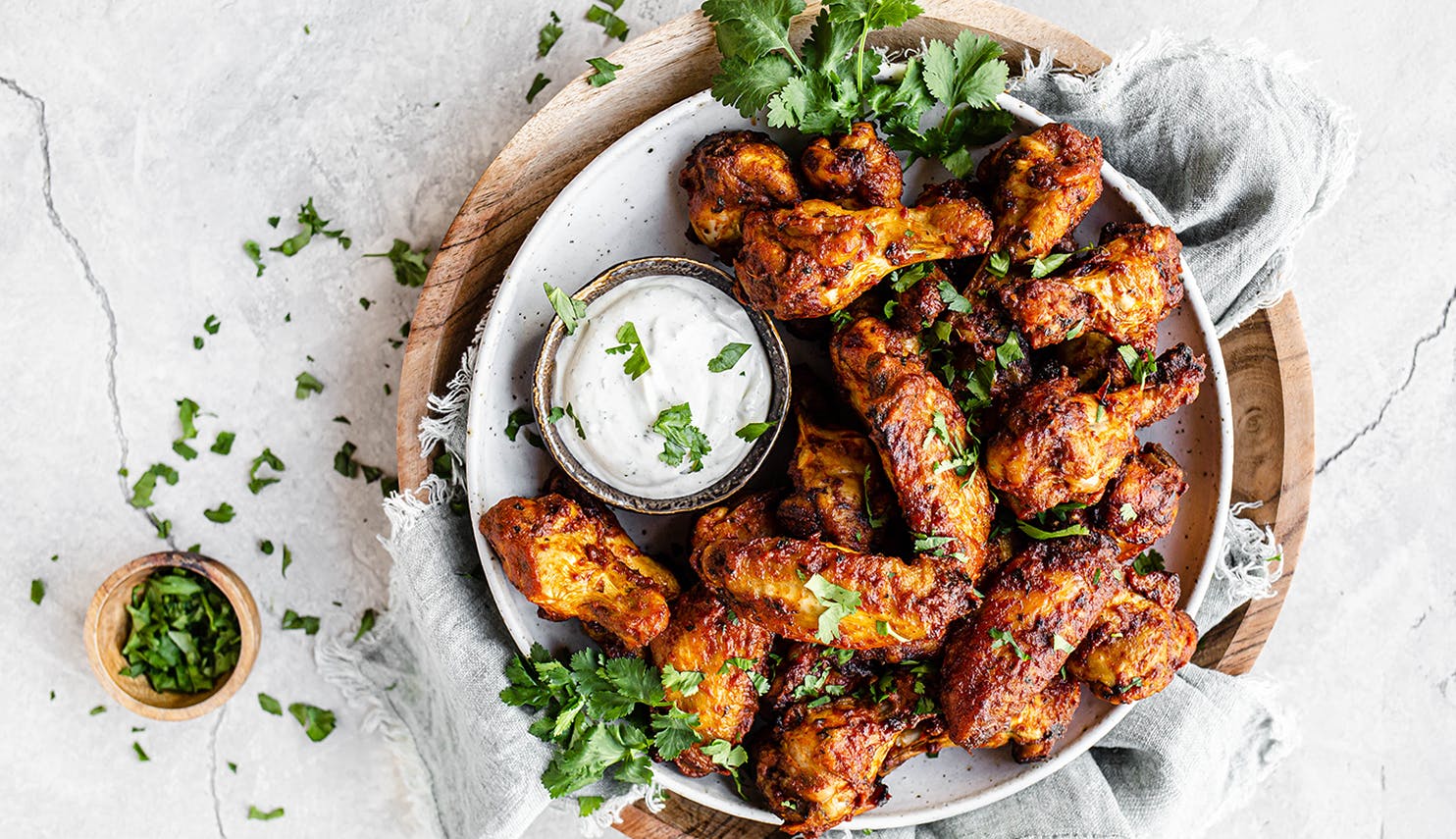

I‘m curious if someone tried this instead of butter in fat bombs. Any experiences?
Great tip! I have never tried it, but I would think ghee would work fine for fat bombs.